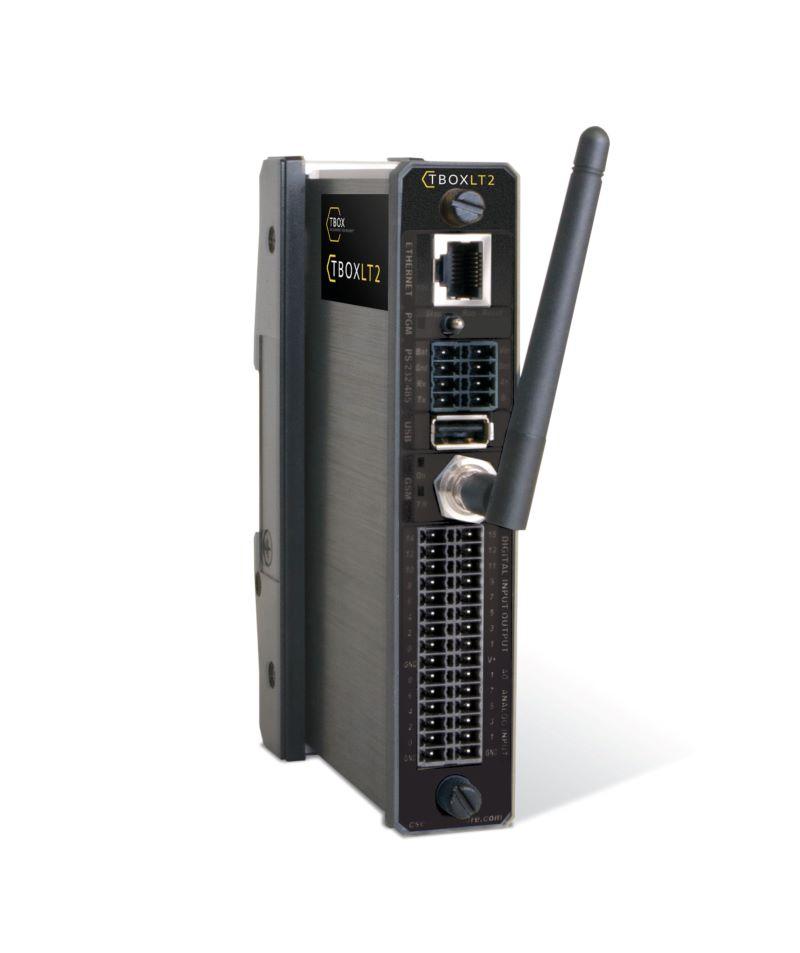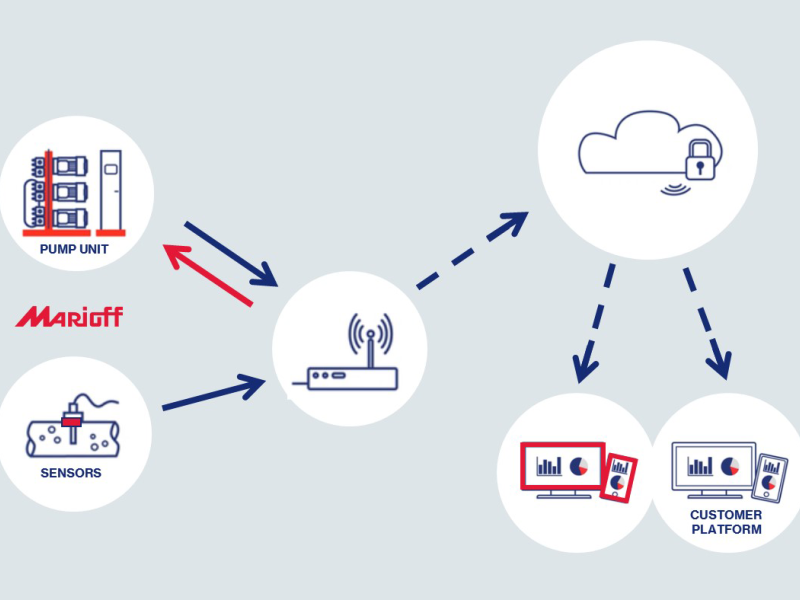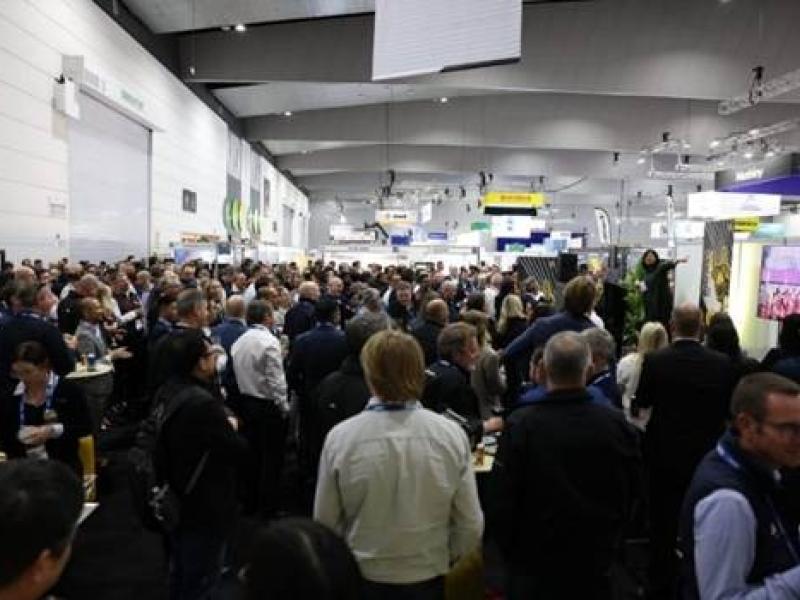Natural disasters are on the rise. According to figures by the United Nations and World Meteorological Organisation, the last 50 years have seen a five-fold increase in environmental catastrophes. Operators of critical infrastructure and networks must address these challenges — but how? Fortunately, advanced real-time monitoring and control technologies hold the answer. Here, Etienne Clauw, Associate Product Line Manager — Remote Telemetry Units (RTUs) at Ovarro, explains how these systems can support disaster preparedness and ensure a swift response.
Today’s satellites, sensors and other internet-based communication technologies are more advanced than ever before — but increasingly needed for predicting, monitoring and responding to natural disasters. Thankfully, smart infrastructure, equipped with real-time monitoring and control technologies, is becoming more advanced to fulfil this vital role.
Take modern power grids, for instance. Key technologies in these networks include transformer condition monitoring, transmission line capacity monitoring and recloser systems. Each of these systems is essential in the event of an environmental catastrophe.
Transformer condition monitoring can detect potential faults early by tracking temperature, oil levels, gas content and electrical parameters. This can ensure issues are addressed before they cause disruptions — like during a severe storm. In this case, such monitoring can prevent transformer failures that might otherwise lead to widespread blackouts. Transmission line capacity monitoring continuously tracks load levels and thermal conditions, ensuring grids remain stable. Meanwhile, recloser systems automatically isolate and reconnect faulty sections of lines, minimising outage impact.
In a scenario like a hurricane, these systems swiftly restore power by automatically managing faults, ensuring faster recovery and improving overall safety by reducing exposure to live electrical faults.
Tackling failures
RTUs are integral to smart infrastructure, providing capabilities like real-time monitoring, data acquisition and control. These units collect, process and transmit real-time data from diverse field devices and sensors to a central control centre, enabling seamless communication between field assets and supervisory systems. Leveraging this data enables more informed and timely decisions — and these decisions are crucial for effective disaster preparedness and response.
Ovarro’s RTUs include the TBox, Kingfisher, Datawatt and Seprol units. The TBox provides advanced telemetry and cyber-secure remote access for diverse industries. Kingfisher RTUs deliver high-performance processing and secure real-time monitoring for critical infrastructure, while Datawatt RTUs decentralize data storage to optimize energy usage and communication costs for extensive infrastructural networks. Meanwhile, the Seprol range of RTUs is certified according to Water Industry Telemetry Standards (WITS) to offer a cost-effective and efficient all-in-one solution for remote monitoring and control in demanding water applications, no matter the environment.
Each RTU supports a wide range of communication protocols, ensuring compatibility with various field devices and SCADA systems. With multiple communication options such as Ethernet, serial and cellular networks, RTUs offer flexibility in adapting to existing infrastructure or expanding into new areas.
They interface seamlessly with a variety of sensors, meters and devices, collecting data on parameters such as temperature, pressure, flow rates and digital signals. The RTU processes this data locally, applying algorithms and logic to derive meaningful insights and actionable intelligence.
More power, more stability
To illustrate the effectiveness of Ovarro’s RTUs in mitigating the effects of natural disasters, consider a scenario involving a coastal city prone to hurricanes. This city’s critical infrastructure includes a network of transformers, transmission lines and recloser systems, all monitored and managed using RTUs. As a major hurricane approaches, the city’s utility operators leverage the RTUs to ensure the resilience and stability of the power grid.
Before the hurricane makes landfall, the RTUs begin collecting and transmitting real-time data from transformers and transmission lines. Transformer condition monitoring identifies a transformer exhibiting signs of overheating and declining oil levels due to increased load from pre-evacuation activities. The RTUs’ advanced analytics alert operators, who then take preventive measures, such as redistributing the load and scheduling immediate maintenance, thereby preventing a potential failure that could lead to widespread outages.
As the hurricane hits, transmission line capacity monitoring becomes crucial. The RTUs continuously track the load and thermal conditions of the lines. This real-time load management ensures that power remains stable and reliable, even under the extreme conditions of the hurricane. Given that, according to New Scientist, storm-proofing just one per cent of power lines in an electricity grid can reduce the chance of hurricane-induced blackouts by up to 20-fold, RTUs can offer a huge advantage.
Recloser monitoring systems
A recloser monitoring system includes reclosers, or automatic circuit breakers designed for electrical power distribution networks, along with RTUs and SCADA systems. The purpose of these systems is to swiftly detect and manage faults in electrical distribution networks using fault detection algorithms, Geographic Information Systems (GIS) and data analytics. For example, this might include detecting faults caused by wind and debris impacting the power lines.
In this instance, RTUs can quickly isolate the affected sections to prevent cascading failures and minimise outage durations. Once the storm passes and the faults are cleared, the RTUs facilitate the automatic reconnection of the circuits, restoring power swiftly to the affected areas. This rapid fault isolation and service restoration are critical during natural disasters, where repair resources are often stretched thin.
As natural catastrophes become more frequent and severe, as reported by the UN, the importance of smart infrastructure in disaster management cannot be overstated. By integrating real-time monitoring and data-driven decision-making with Ovarro’s RTUs like its TBox, Kingfisher, Seprol and Datawatt units, businesses and communities can significantly improve their resilience and ensure a more reliable and effective response to natural disasters.
To learn more about the critical role of RTUs in the real-time monitoring and control of critical infrastructure, visit Ovarro’s website.






